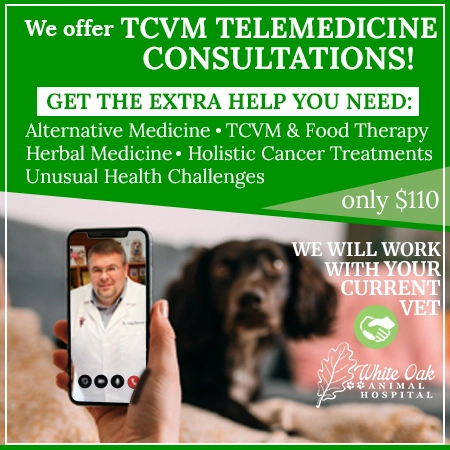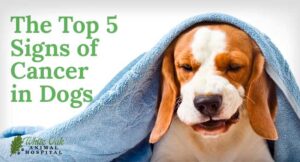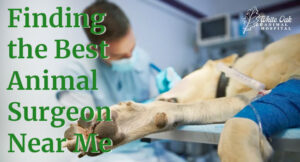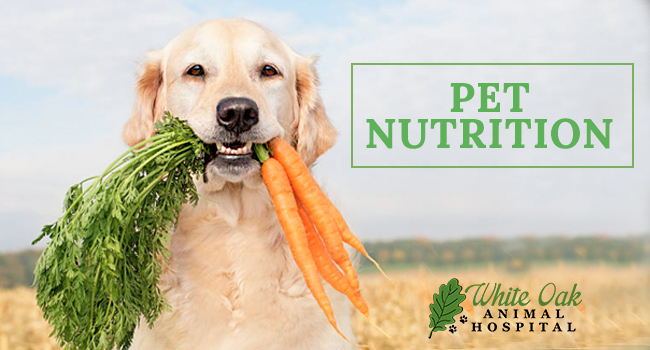
Let’s discuss what we consider to be a VERY important aspect of your furry friend’s life: pet nutrition.
Imagine a world where food cured everything. An apple a day really keeps the doctor away. Grandma’s chicken noodle soup always cures common cold. A spoonful of honey stops allergies dead in their tracks…
Sounds simple, huh?
What if I told you it is possible? You can feel your best by eating good food. After all, we have all heard the phrase, ‘you are what you eat’. And the truth is…we know this! We know eating a healthy, balanced diet generally provides long, exuberant life.
So, why is it any different for our pets?
It shouldn’t be! Good food is the foundation of good health. Whether you are beginning a long road of good health for a new pup or prolonging the life of your 15-year-old kitty, food is a necessity!
And the better the food, the better the results…
Pet Nutrition for all life stages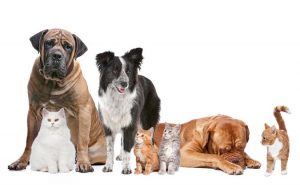
Old cats, little dogs, sick kittens, playful puppies. What do they all have in common?
Food. All walks of life need food to survive. That’s a fact. But, did you know as your little furball gets older, his food needs can change too?
Like humans, pets do more than just get older. They can develop diseases throughout life. You may be surprised to find many of the diseases our furry friends get are the same ones humans deal with! You also may be surprised at how many diseases can be managed simply by improving the diet.
Puppies and kittens benefit greatly from foods that are high in protein because they are growing. On the other hand, cats and dogs with kidney failure demand a low protein diet. Diabetes, hyperthyroidism, kidney disease and allergies are all disorders that can improve, or at least be maintained, with good nutrition.
Now, let’s keep in mind that food is certainly no cure-all. (Except in a case of food allergies of course!) But, combine good pet nutrition with Western and/or Eastern methods, and you will definitely have a force to be reckoned with.
Pet Nutrition: How do I pick the best food?
Is it the one that has a pretty design on the front of the bag? Or the one that says meat is the first ingredient?
There is no doubt the advertising industry is booming, and the pet food advertising world is no different. In recent years, almost every pet food company has developed different formulas containing short descriptions on the can or bag such as, ‘Low-Fat Formula’ or ‘Grain-free’. Most of the time this leaves the consumer standing in the aisle, confused, wondering if they are feeding their pet the best food in the store.
So, how do you know you are feeding your pet the best? How do you become the above-average consumer who doesn’t get sucked into good advertising?
By knowing what makes food good quality and doing the sleuthing yourself. That’s how.
Ingredients, my Dear Watson. Ingredients.
 My first and foremost advice to clients who ask me how to pick out the best food for their animal is to read the ingredient label! The ingredients are listed in order by weight. So, the first ingredient listed on the label is the heaviest ingredient and so on.
My first and foremost advice to clients who ask me how to pick out the best food for their animal is to read the ingredient label! The ingredients are listed in order by weight. So, the first ingredient listed on the label is the heaviest ingredient and so on.
Typically I encourage most owners to select a food that contains meat as the first ingredient. Why? Domestic house cats, like their ancestors and wild cousins, are carnivores. They require 80% of meat daily to have a balanced diet. Dogs are arguably carnivores or omnivores. However, for a balanced dog diet, 60% of meat in the total meal is required daily.
My second word of advice is to pay attention to the first 3 or 4 ingredients. NONE of the first few ingredients should contain grains such as corn, wheat, and soy (a.k.a. fillers). Ingredients like these are used by pet food companies as a cheaper option to bulk up the food. While these ingredients are not harmful, they certainly may give your pet a false sensation of being full. Think of it as having a main course of mac-n-cheese and a fillet mignon as the side dish.
***SIDE NOTE: Ingredients are based on weight. It is important to understand that a large percent of meat (70-80%) is made up of water. When the water is removed for processing, you are left with less meat than what is listed on the label. So, it is important that the first few ingredients listed are of good quality.
Grains or no grains?
This leads to the ‘grain-free’ question. Are grain-free diets really better?
Not really.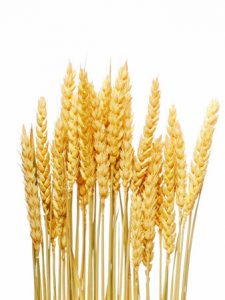
Grains are actually not as horrible as the marketing world has portrayed them to be. In fact, they should be included in our pet’s food to achieve a balanced diet (20% daily for dogs; 10% daily for kitties). The problem occurs when there is just too much grain in the food.
First, let’s explain why we are even concerned with carbohydrates for our meat-loving friends. In order to provide a complete and healthy diet, we should ultimately mimic the diet of our pet’s primitive ancestor. Granted, Bagheera the panther was by no means standing around grazing with the buffalo. But, big cats and wolves get part of their grain intake from the stomachs of the animals they eat. The same is true for fruits and veggies.
Counting Carbs
So how does your pet get too many grains? This goes back to the ingredient list we discussed previously. The first three or four ingredients should not contain grains. Even though grains are not bad for our pets, grains should make up less than 30% of a dog’s diet.
To debunk this grain-free fad furthermore, let’s talk carbs. Grains are a known source of carbohydrates, which are absolutely needed in our pet’s diet. They are the body’s main source of energy.
So how do these grain-free pet products compensate this need for carbohydrates? Typically, they are replaced with foods such as potatoes, beans or peas. While these foods provide some carbs, usually they are of equal or lesser quality compared to whole grains.
But what about grains causing food allergies?
It is a common misconception that grain-free diets are top-notch for pets with skin issues.
Honestly, the whole topic of food allergies in pets has been exaggerated in recent years. Statistically speaking, less than 5% of pets have a true food allergy.
For the pets that DO have food sensitivities, grains are rarely the cause. Animal proteins (meat sourced from animals) are usually the main culprit.
Is a raw food diet best? Should I feed only canned food? What is the best form of food to feed?!
If you have strolled down the pet food aisle lately, you may have left feeling a bit overwhelmed. There are only a zillion different brands and all different forms of food.
Dehydrated food, canned food, kibble. Not to mention the discussion you had with your best friend 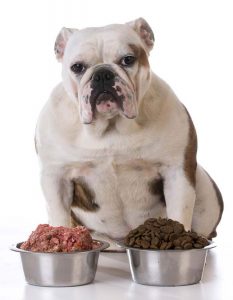 yesterday about the new diet she started her puppy on…because after all, “a raw food diet is the BEST.”
yesterday about the new diet she started her puppy on…because after all, “a raw food diet is the BEST.”
The good news is you are not alone. As a society, we have reached a point where marketing schemes and many, many options leave you clueless as to what really is ‘the best’.
Is a raw diet really better? Should my dog be eating canned food over kibble? Why can I get a 50 lb? bag of Brand A for $30 and a 20 lb. bag of Brand B for $60?! Will cooking for my cat be a healthier option?
It’s frustrating! Trust me, I’ve been there.
To come to a conclusion, you must first ask yourself these questions: What is the best food I can buy with my budget? Will this new diet plan change my day-to-day routine? What are my pet’s nutrition needs? Is my pet going to eat this?
You may laugh at the last question, but it is so true! Until I worked in a veterinary clinic, I had no idea an animal would refuse canned (wet) food. I thought it was like liquid gold for them…”yeah right” says the finicky diabetic cat.
To conclude…
Consider discussing food options with your veterinarian. He or she may have some more specific recommendations based on individual pet nutrition needs. If your veterinarian is not comfortable helping you form a food plan, seek out one who will.
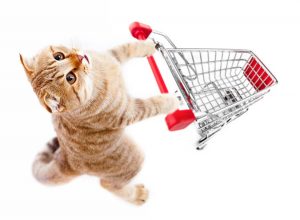 It is very important (as a pet owner and a normal human being) to look past the trends and advertising schemes when choosing a diet. In the end, your decision should come down to one single thing. Quality ingredients.
It is very important (as a pet owner and a normal human being) to look past the trends and advertising schemes when choosing a diet. In the end, your decision should come down to one single thing. Quality ingredients.
If you haven’t already done so, I recommend checking out Dr. Damron’s personal line of holistic dog food, PET | TAO. The company is based on an ancient philosophy called Eastern Food Therapy.
No matter what form of food you choose (kibble, dehydrated, freeze-dried, canned, raw, home-cooked), it must agree with your pet and YOU!
That is until Fluffy gets a job, buys and prepares her own food.

